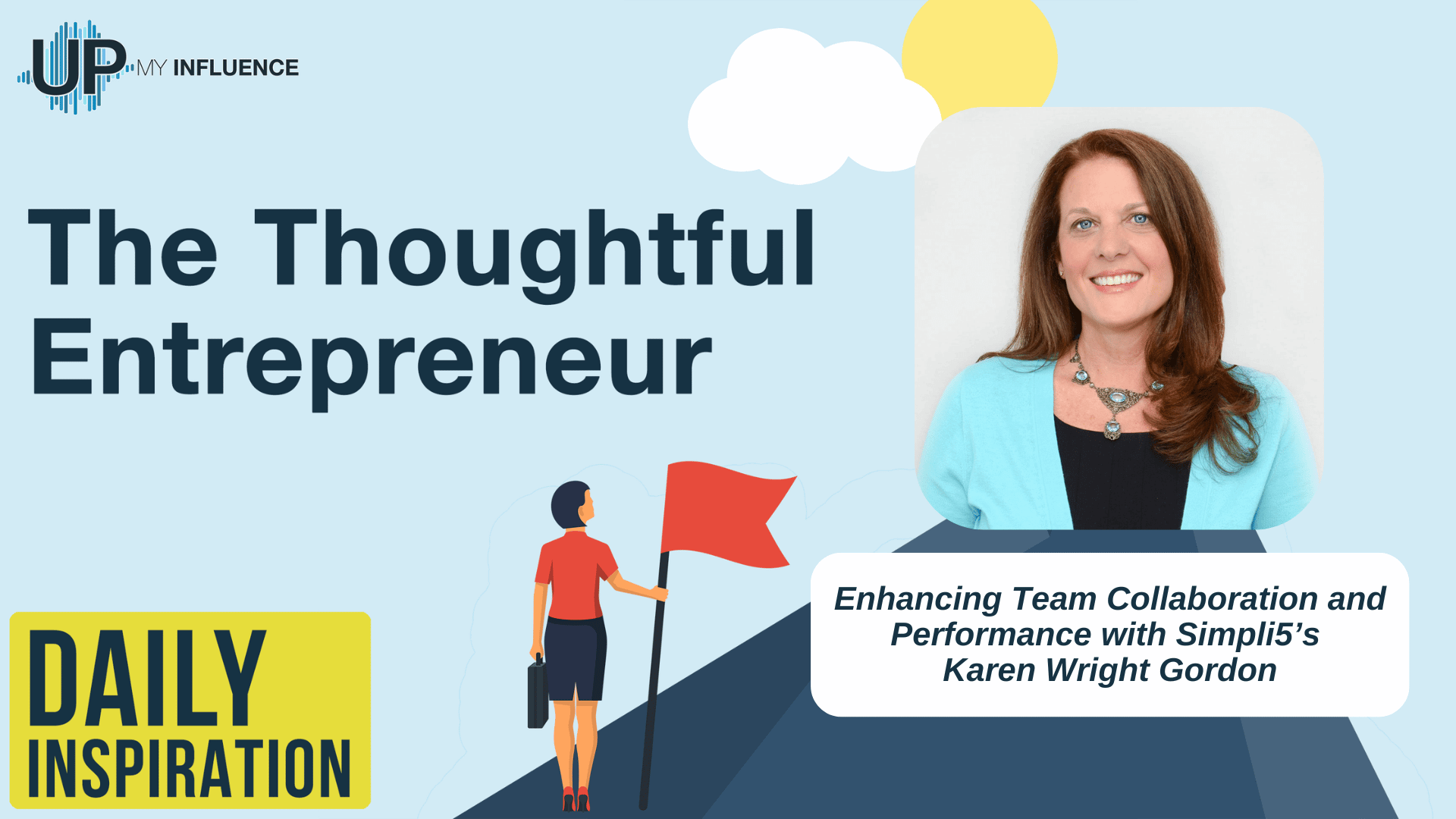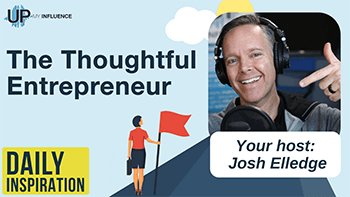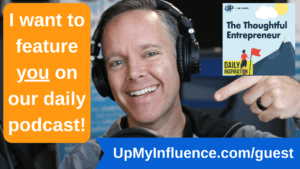THE THOUGHTFUL ENTREPRENEUR PODCAST
 Understanding the Importance and Benefits of Team Dynamics
Understanding the Importance and Benefits of Team Dynamics
In a recent episode of “The Thoughtful Entrepreneur,” host Josh explores the complexities of team dynamics with Karen Wright Gordon, the CEO of Simpli5. This episode is a goldmine of insights for leaders and managers aiming to boost teamwork and collaboration within their organizations. Karen discusses the significance of understanding individual work preferences and how this knowledge can revolutionize team performance. Here, we distill the key takeaways from the episode, providing actionable advice and detailed explanations to help you implement these strategies in your own organization.
Five Dynamics is a company dedicated to enhancing organizational teamwork through a unique assessment methodology. Their core tool is a three-minute assessment designed to identify how individuals prefer to work, learn, and collaborate. This assessment, which took a decade to develop, reveals each person's most efficient neural pathways, highlighting their strengths and areas where they may struggle. Leaders can use this information to tailor their management styles to better suit their teams, thereby enhancing overall performance.
Josh raises an essential question about the importance of understanding team dynamics amidst the myriad responsibilities leaders face. Karen emphasizes that this understanding can significantly accelerate team performance. By understanding how new team members will fit into existing dynamics, leaders can avoid lengthy adjustment periods, establish a common language for discussing team dynamics, and reduce conflicts arising from different energy levels and work styles. This shared understanding leads to enhanced communication, minimized conflicts, and improved collective performance.
About Karen Wright Gordon:
Karen Gordon is the President and CEO of Simpli5, a technology utilized by Fortune 500 companies that analyzes teams’ work styles and their affinity for different phases of a project cycle to improve team collaboration, satisfaction, and results. A serial entrepreneur who loves strategy and execution, Karen finds fun in solving big problems and making deals work. Throughout her career, Karen has dedicated herself to transforming workplace cultures through the power of collaboration and team performance.
Karen has worked with a who's who of businesses, including transformational partnerships with Nortel Networks, Humana, AT&T Wireless, and LinkedIn. In 2000, shortly after founding GTCI, she secured a significant deal with AT&T Wireless to develop and deliver a course about 3G wireless technology, training over 2,000 employees nationwide. Nortel Networks was GTCI's biggest customer, allowing Karen to lead their outsourced documentation program globally. Her strategic insight and resilience led to a significant win against larger competitors.
Humana stands out as a pivotal client. Their CEO, Mike McCallister, recognized the potential of the 5 Dynamics model after Karen's first presentation. LinkedIn remains a fantastic partner, utilizing Simpli5's model extensively and supporting the company’s growth.
A recognized leader and influencer, Karen's accolades include being a two-time Inc. 500 Honoree, an Ernst and Young Entrepreneur of the Year finalist, and a notable spotlight in the Dallas Top 25. Her expertise has been featured in leading publications such as SWAAY, The CEO Magazine, Business News Daily, Huffington Post, HR Dive, and Entrepreneur. One of her career highlights is her TEDx UT Austin presentation on “The Myth of Difficult People,” which has further cemented her status as a thought leader in understanding and navigating complex human dynamics in the workplace.
About Simpli5 by 5 Dynamics:
5 Dynamics isn’t just a one and done assessment; it is a common language that enables individuals to better understand themselves and those with which they work and interact. By recognizing the different perspectives each person brings to the table, friction points are minimized and productivity is accelerated.
Our methodology opens the door to greater understanding and our Simpli5 platform enables continuous application in your day-to-day life. If you're looking for a tool that is directly applicable to the work at hand and can be integrated into the core of your company’s culture, 5 Dynamics is for you.
Apply to be a Guest on The Thoughtful Entrepreneur: https://go.upmyinfluence.com/podcast-guest
Links Mentioned in this Episode:
Want to learn more? Check out Simpli5 website at
Check out Simpli5 on LinkedIn at
https://www.linkedin.com/company/5-dynamics/about/
Check out Karen Wright Gordon on LinkedIn at
https://www.linkedin.com/in/karen-wright-gordon-1937a66/
Don’t forget to subscribe to The Thoughtful Entrepreneur and thank you for listening. Tune in next time!
More from UpMyInfluence:
We are actively booking guests for our The Thoughtful Entrepreneur. Schedule HERE.
Are you a 6-figure consultant? I’ve got high-level intros for you. Learn more here.
What is your #1 Lead Generation BLOCKER? Take my free quiz here.
Want to learn more about all the podcasts managed by UpMyInfluence? Opt in here.


